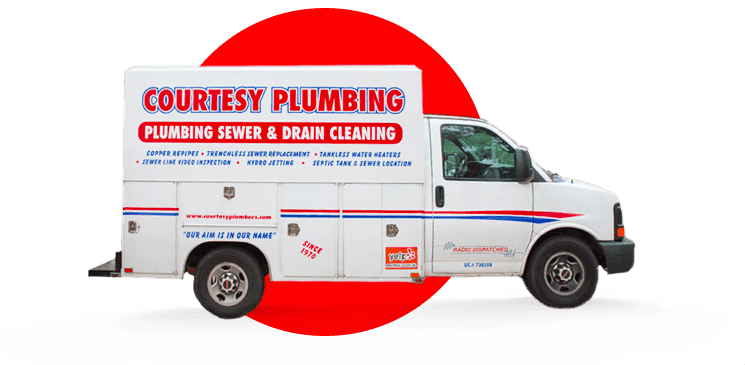Dealing with burst pipes and water damage can be daunting. First, quickly find and turn off your main water supply to prevent more havoc. Then open all faucets, flushing toilets to drain trapped water and ease pressure in the system.
If it’s safe, considering electrical risks, begin removing standing water immediately using a wet/dry vacuum while shifting damp items to dry areas for salvage. Secure professional plumbing repair services promptly; Courtesy Plumbing in West Covina specializes in swift repairs, ensuring minimal disruption and future-proofing against mold or mildew threats by thoroughly drying affected zones.
Immediate Steps for Damage Control
First, find and turn off the main water supply immediately to halt further damage. Next, all faucets and flush toilets are opened to drain the remaining water and ease pressure in the system; this step is crucial. Should your leak threaten electrical areas, promptly cut power for safety.
After stopping immediate leaks, remove standing water with a wet/dry vacuum as swiftly as possible—the speed here prevents additional harm like mold or mildew growth. It’s imperative not just to dry out soaked items but also to air out affected rooms using fans or dehumidifiers rigorously. Document everything damaged by taking photos or videos, which will support insurance claims later on; compiling an inventory list of these damages simplifies claim processing significantly.
The most efficient way forward includes professional plumbing repair in West Covina assistance for fixing any broken pipes expertly. This also helps mitigate extensive water damage effectively, as delays can intensify issues like structural harms or severe mold outbreaks. By following these steps meticulously without delay—you set up a robust defense against potential long-term troubles that burst pipes could otherwise impose on you financially.
Choosing the Right Plumbing Service
When facing a burst pipe, knowing where your home’s main water shutoff valve is becomes crucial. Turn it off immediately to prevent further damage. Also, assess if you need to shut down electricity for safety reasons especially around affected areas.
Sometimes, temporary DIY fixes can hold back the flood until professional help arrives. Remember that frozen pipes are the usual culprits during cold snaps as they expand and eventually crack under pressure—like an overstuffed ice tray splitting at its seams. It’s essential to keep an eye out for early warning signs of trouble in your plumbing system: unusual dampness or unexpectedly high water bills might be clues pointing toward weaknesses waiting to become disasters.
Preventing Future Pipe Bursts
To prevent future pipe bursts, start with locating your home’s main water shut-off valve. It’s often near the house perimeter, possibly in a panel by the sidewalk or driveway. Knowing its location is crucial for quick action during emergencies.
In case you are unfamiliar with it, check your property inspection report for details. For burst pipe prevention:
1. Safeguard against freezing – Insulate exposed and unheated pipes, as cold spells can cause them to freeze and burst.
2. Monitor corrosion – Regularly inspect metal piping for signs of wear and mineral build-up that could lead to bursts.
3. Check water pressure – Use a gauge; ensure it remains within 30-70 PSI to avoid stress on connections. Winterizing plumbing through insulation helps protect outdoor faucets from freezing temperatures, too.
Remember, immediate repair needs expertise—call licensed professionals when faced with such problems.



